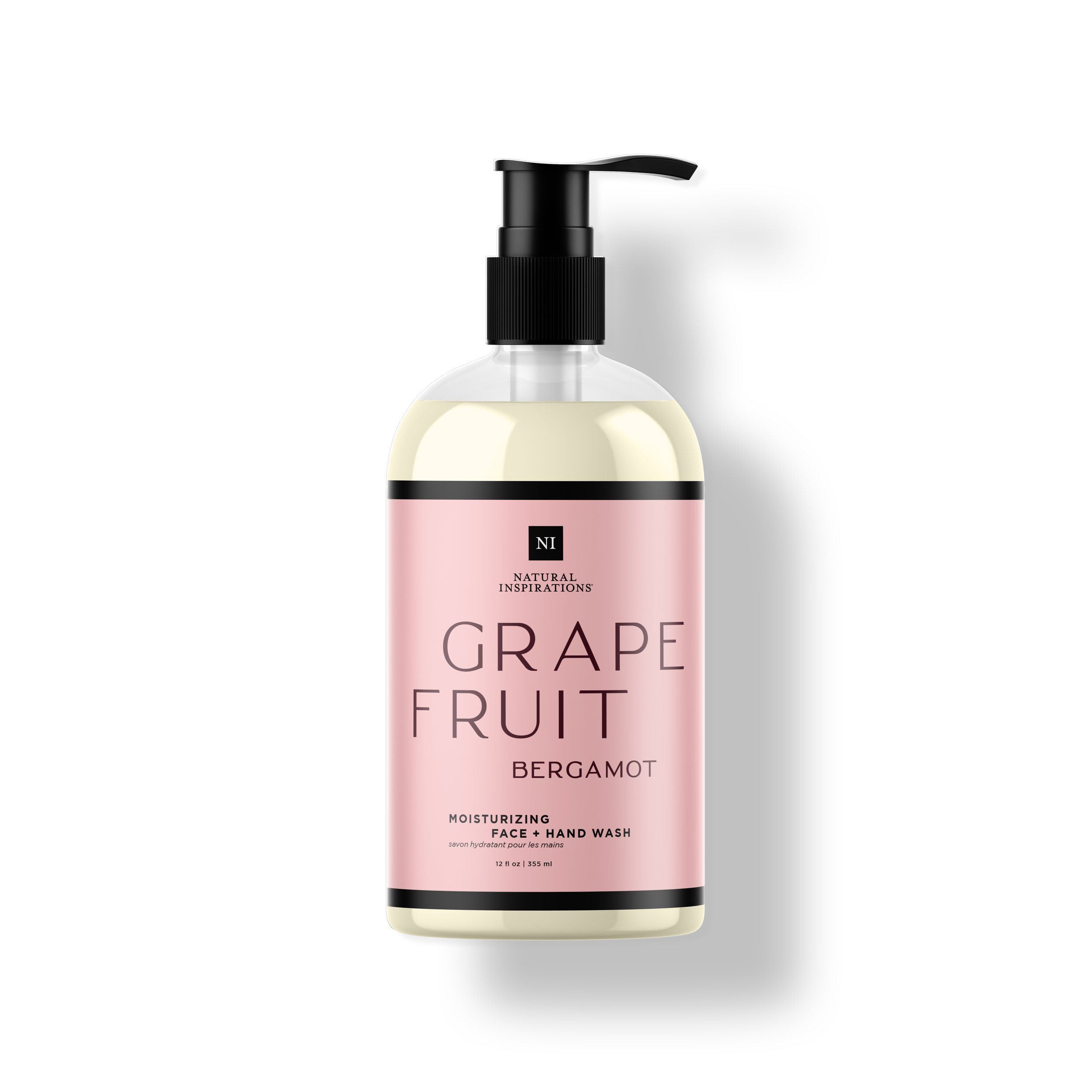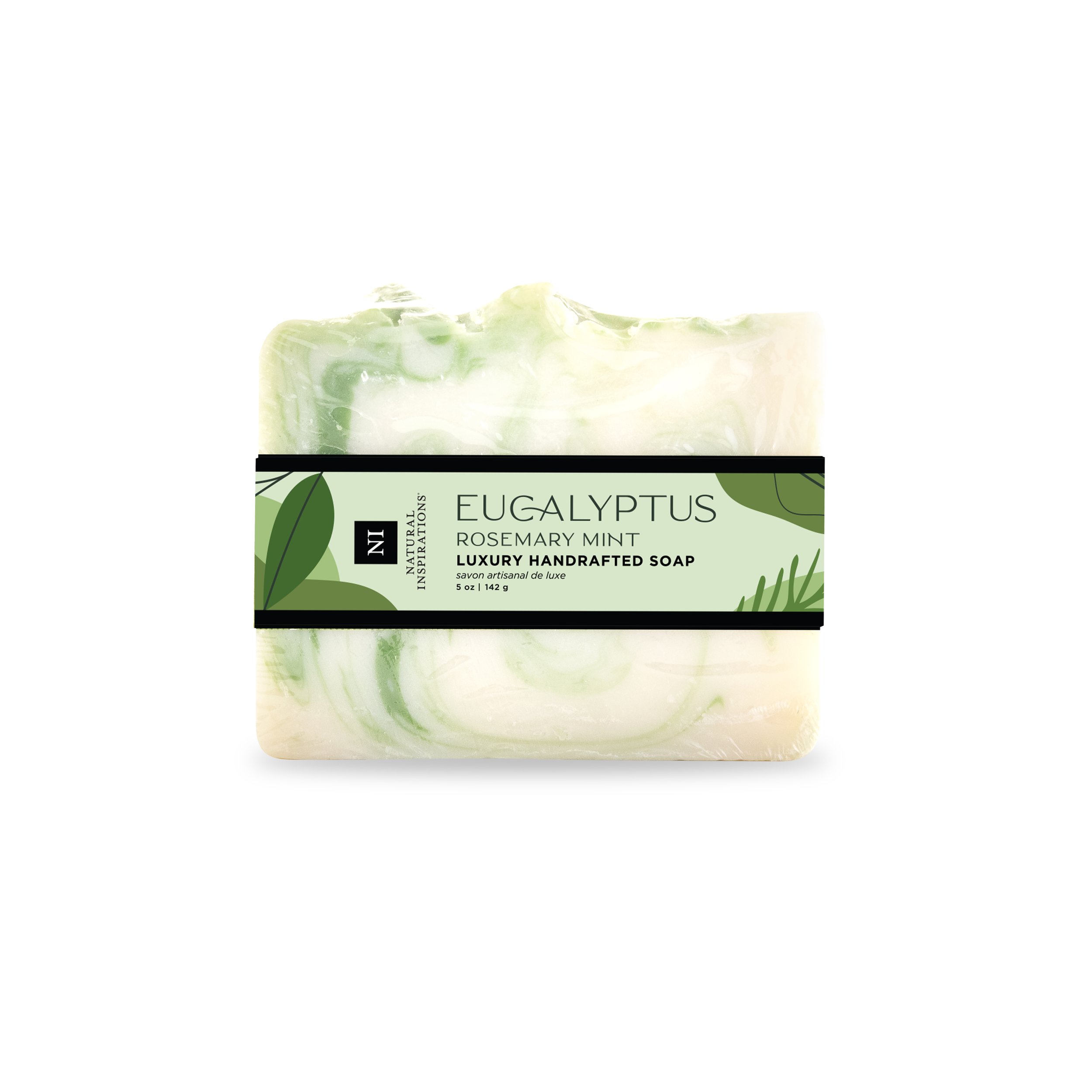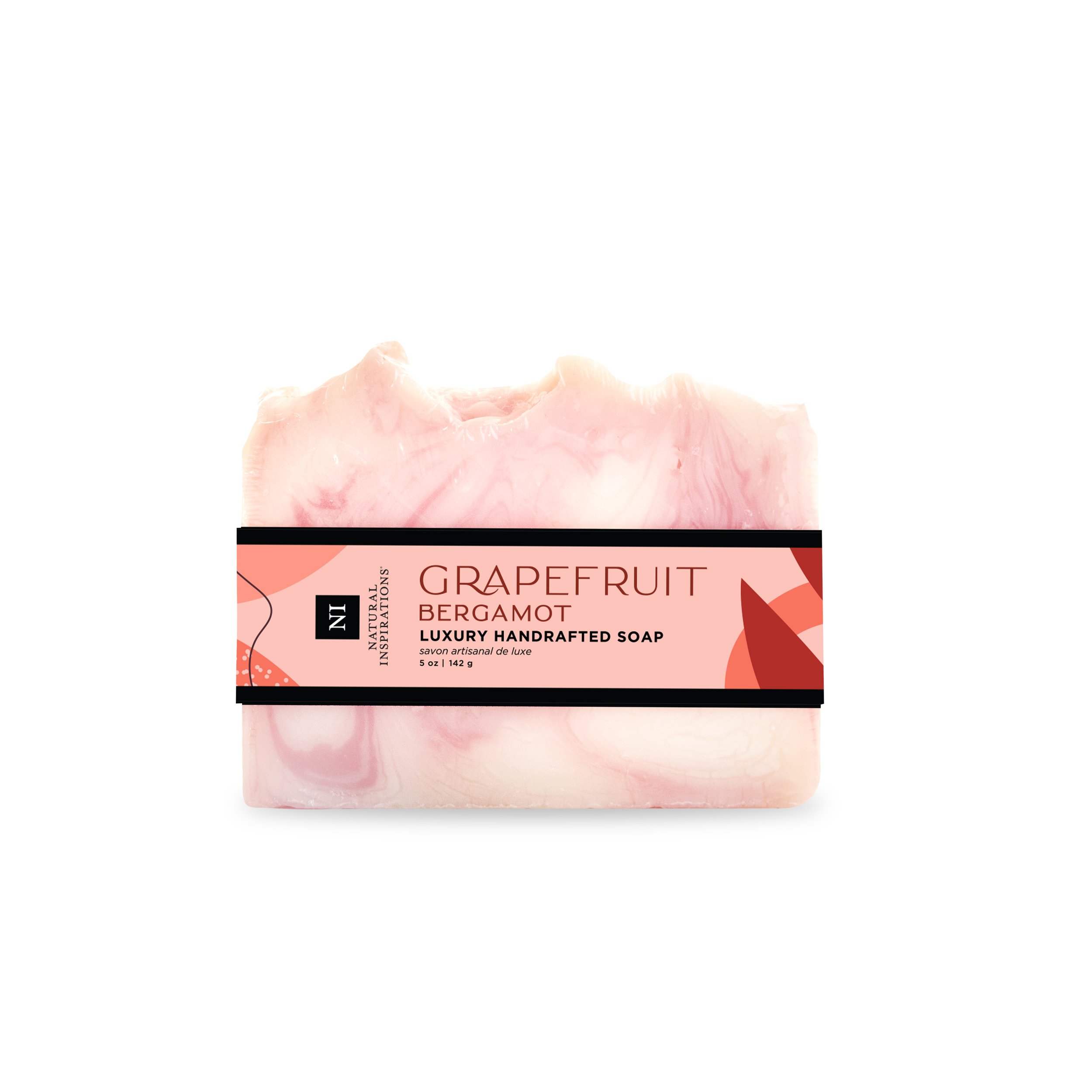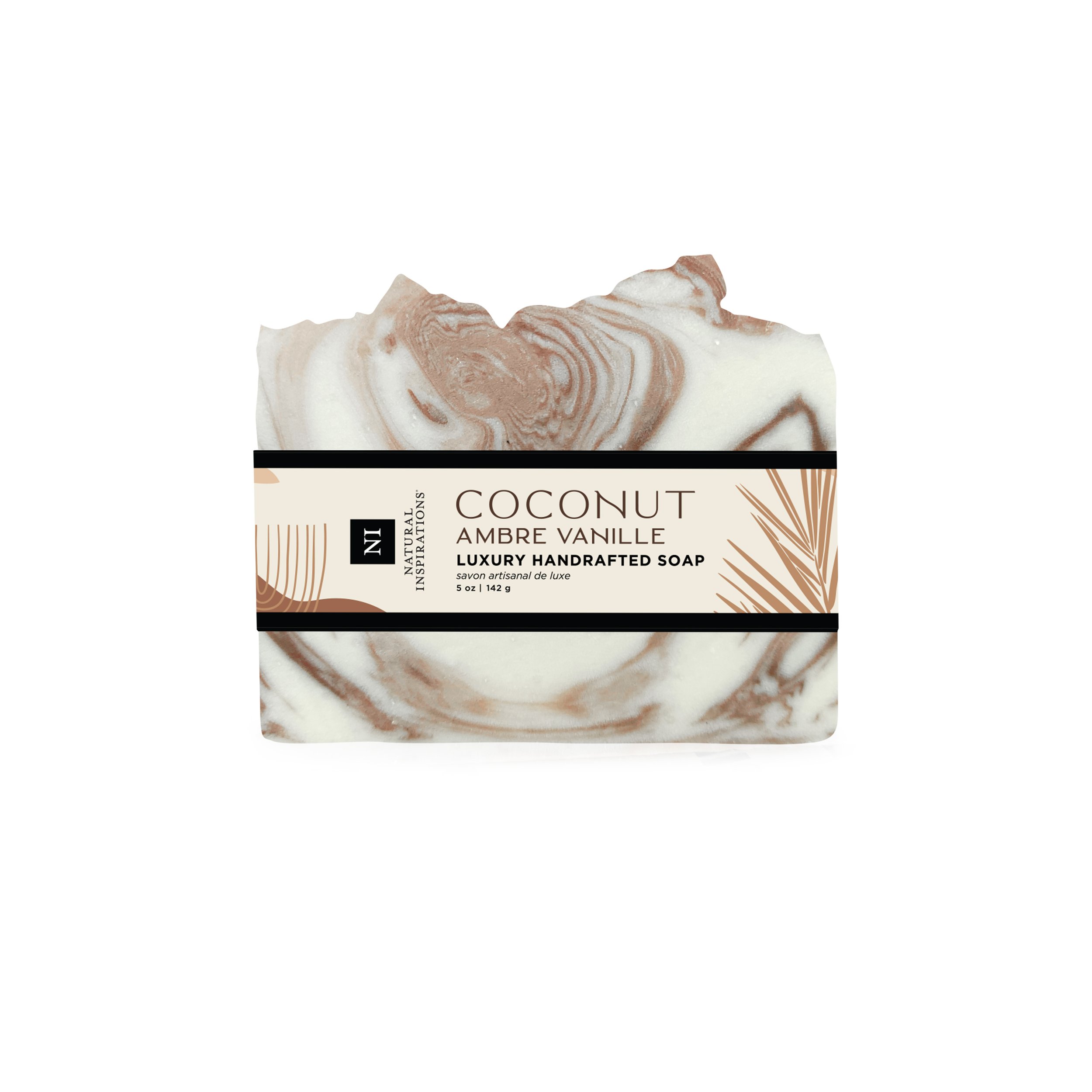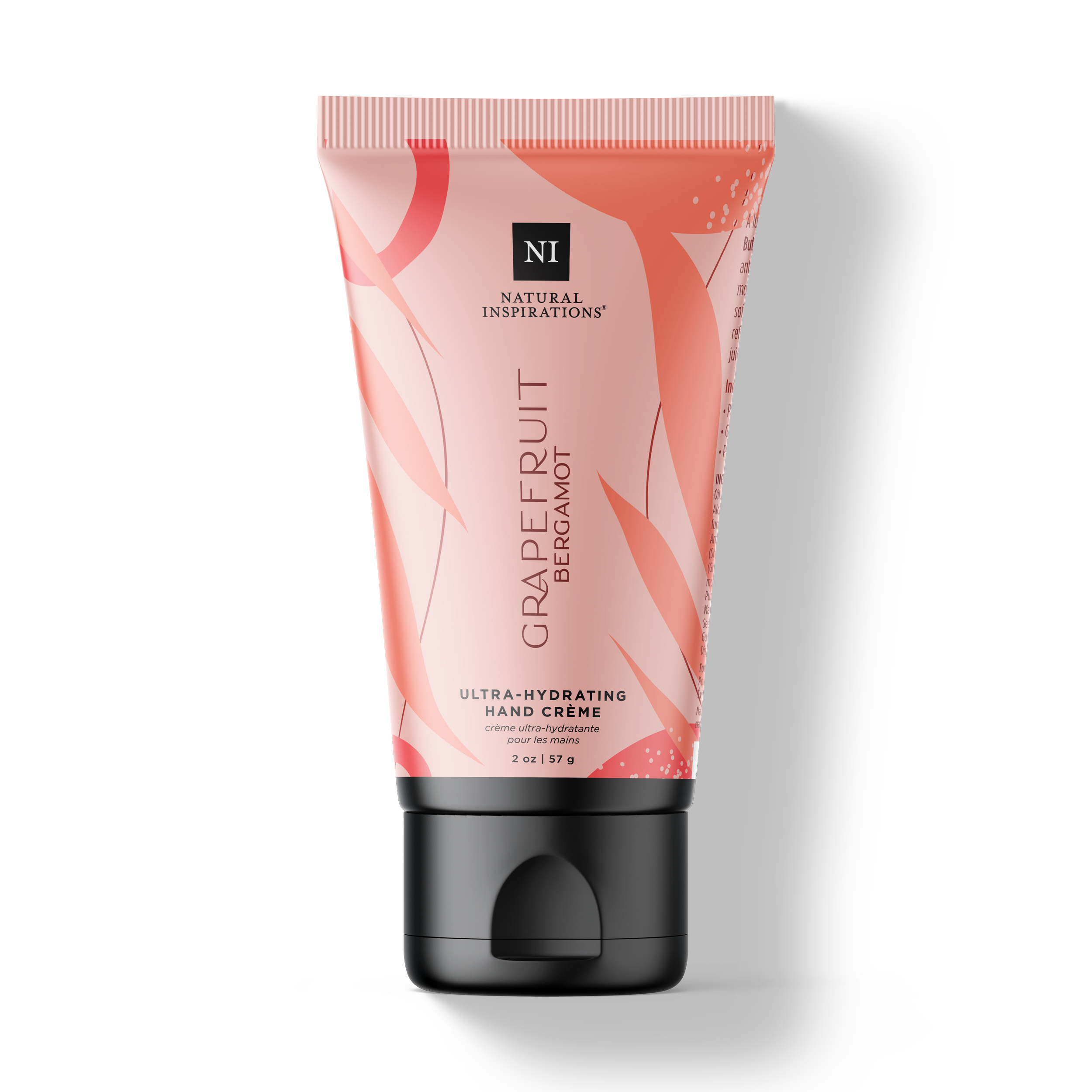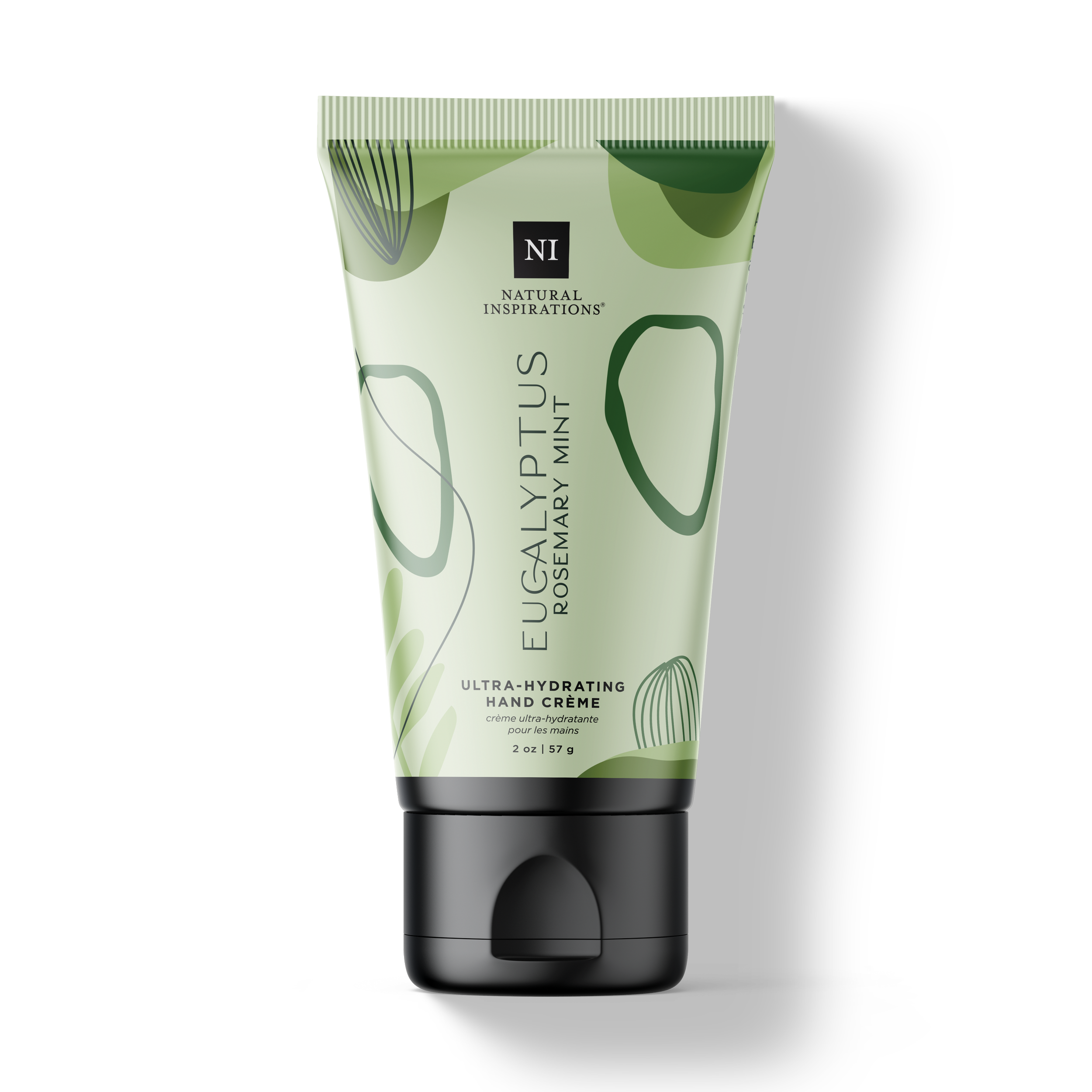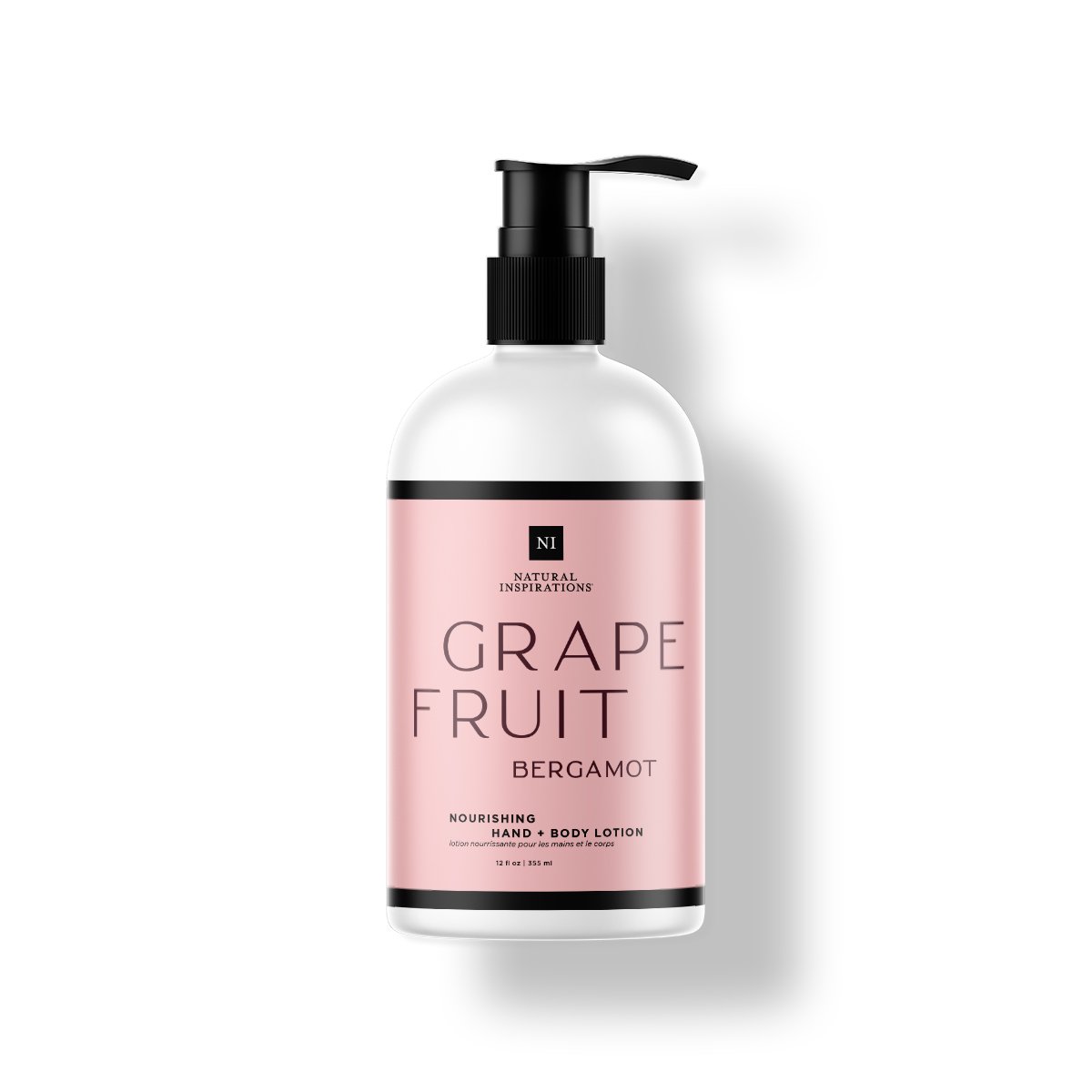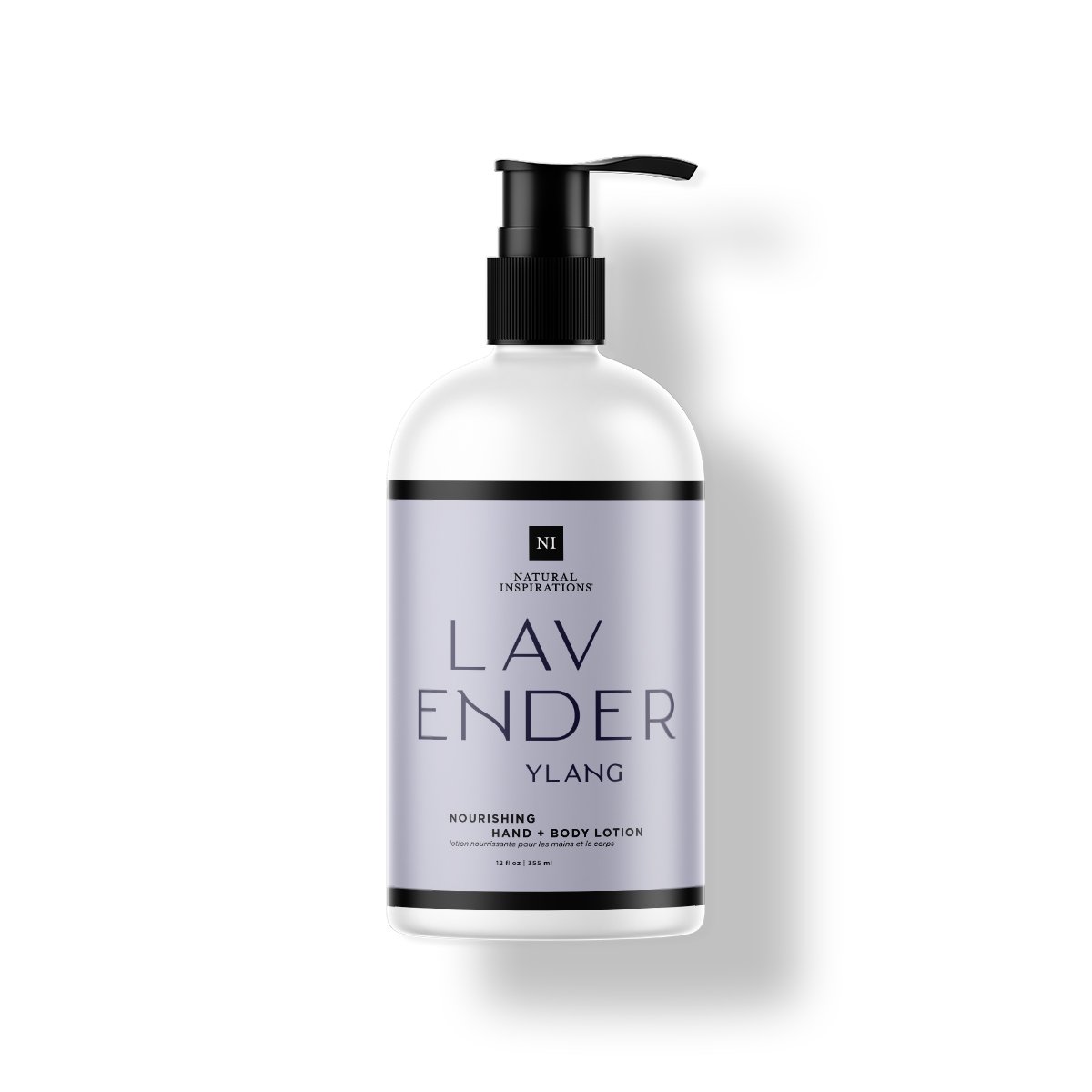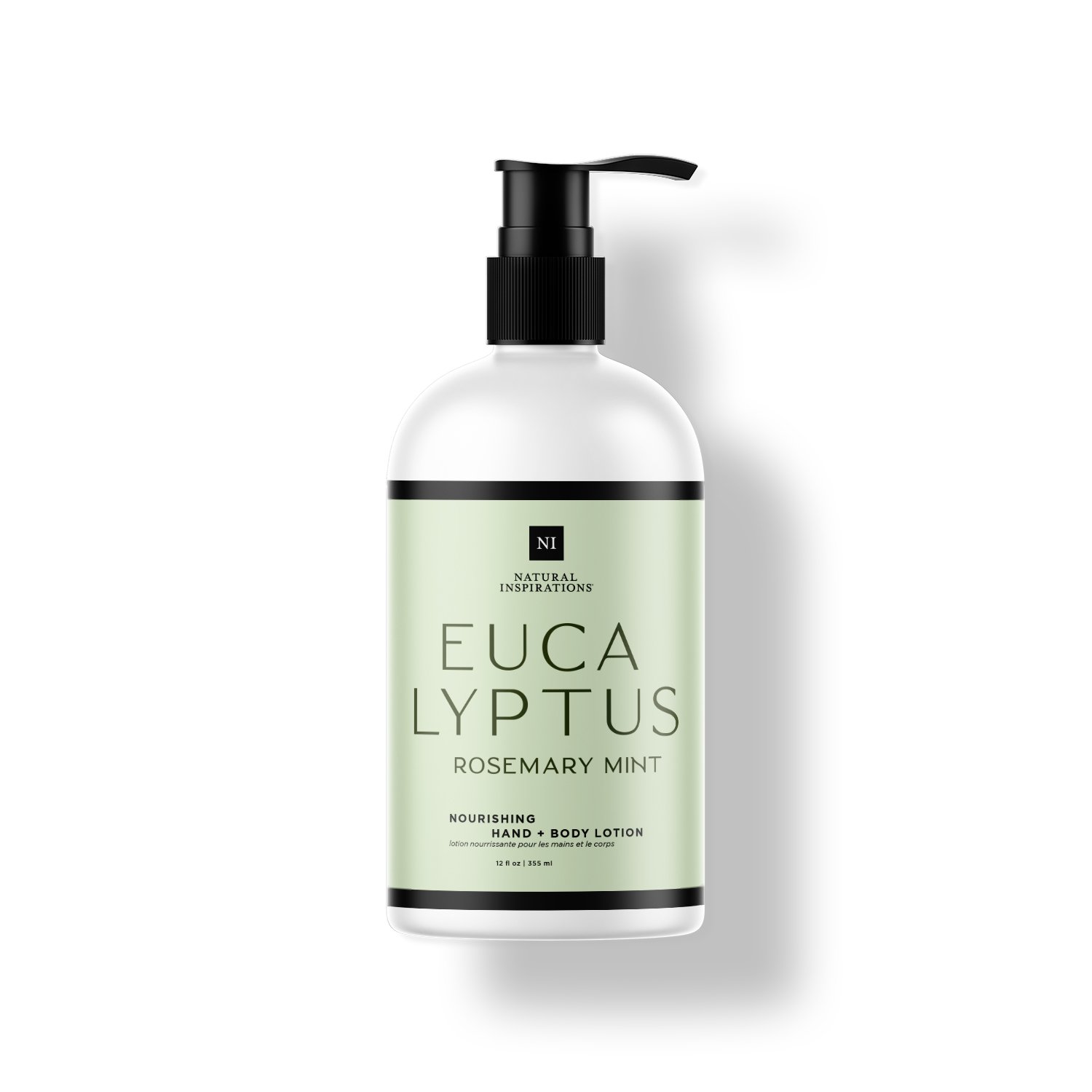WASH OFTEN TO STAY HEALTHY.
You can help you & your loved ones stay healthy by washing your hands often (and washing them well), especially during these key times when you are more likely to spread germs.
These key times include:
Before, during & after preparing food
Before eating food
Before & after caring for someone at home who is sick
Before & after treating a cut or wound
After using the toilet
After changing diapers or cleaning up a child who has used the toilet
After blowing your nose, coughing or sneezing
After touching an animal, animal feed or animal poo
After handling pet food or pet treats
After touching garbage
WASH YOUR HANDS THE RIGHT WAY.
Washing your hands is easy, and it’s one of the most effective ways to prevent the spread of germs. Clean hands can stop germs from spreading from one person to another & throughout an entire community—from your home and workplace to childcare facilities & hospitals.
Follow these five steps every time.
Wet your hands with clean, running water (warm or cold), turn off the tap & apply soap.
Lather your hands by rubbing them together with the soap. Lather the backs of your hands, between your fingers & under your nails.
Scrub your hands for at least 20 seconds. Need a timer? Hum the “Happy Birthday” song from beginning to end twice.
Rinse your hands well under clean, running water.
Dry your hands using a clean towel or air dry them.
CDC recommendation:
Wash your hands often with soap and water for at least 20 seconds especially after you have been in a public place, or after blowing your nose, coughing, or sneezing.
USE HAND SANITIZER WHEN YOU CANT USE SOAP & WATER
(GOOD LUCK FINDING IT).
Washing hands with soap & water is the best way to get rid of germs in most situations. If soap & water are not readily available, you can use an alcohol-based hand sanitizer that contains at least 60% alcohol. Check if the sanitizer contains at least 60% alcohol by looking at the product label.
Sanitizers can quickly reduce the number of germs in many situations. However,
Sanitizers do not get rid of all types of germs.
Hand sanitizers may not be as effective when hands are visibly dirty or greasy.
Hand sanitizers might not remove harmful chemicals like pesticides & heavy metals.
How to use hand sanitizer
Apply the gel product to the palm of one hand.
Rub your hands together.
Rub the gel over all the surfaces of your hands & fingers until your hands are dry. This should take around 20 seconds.
How to Make Your Own Hand Sanitizer
If you can’t purchase hand sanitizer because it’s all sold out, you can make your own at home. It will also require a trip to the drug store (or your favorite online marketplace) to pick up a few ingredients. “Recipes” for your own hand sanitizer may vary slightly. The most important thing to remember is you need to create a mixture that’s at least 60% alcohol.
INGREDIENTS
91% or higher isopropyl alcohol (rubbing alcohol) or ethanol alcohol
Aloe vera gel or glycerin
Essential oils (optional)
Bowl and spoon
Storage bottle or container
Funnel (optional)
Step 1.
Combine ⅔ cup of 91% or higher alcohol with ⅓ cup of aloe vera gel or glycerin in a bowl and stir until blended.
Getting your ratios right in this step is critical. By combining two parts of 91% or higher alcohol with one part softening agent, you’ll land at about 60% alcohol content in the final product. Hand sanitizer that’s less than 60% alcohol will not be effective.
You can also increase the alcohol content to about 68% by combining ¾ cup of 91% or higher alcohol with ¼ cup of aloe or glycerin. Aloe or glycerin helps prevent the alcohol from drying out your skin.
Step 2.
Optional: Add 5-10 drops of essential oils to reduce the smell of alcohol.
If you’re sensitive to the strong smell of alcohol, you can add several drops of essential oils to your hand sanitizer. Do not add too much essential oil or you will dilute the alcohol content of your sanitizer below the 60% alcohol threshold. It’s important to note the active ingredient here is the alcohol, not the essential oils.
Step 3.
Bottle your hand sanitizer mixture.
Once your hand sanitizer is mixed and complete, pour the mixture into a container or bottle for use. You can purchase an empty bottle with a squirt top or pump from your local drug store or recycle a washed-out hand sanitizer bottle. If you have a funnel on hand, it can make it easier to pour the hand sanitizer into your storage containers. Once it’s bottled, your hand sanitizer is ready to use!
The original recipe and article can be found here.
DON'T FORGET TO KEEP MOISTURIZING.



